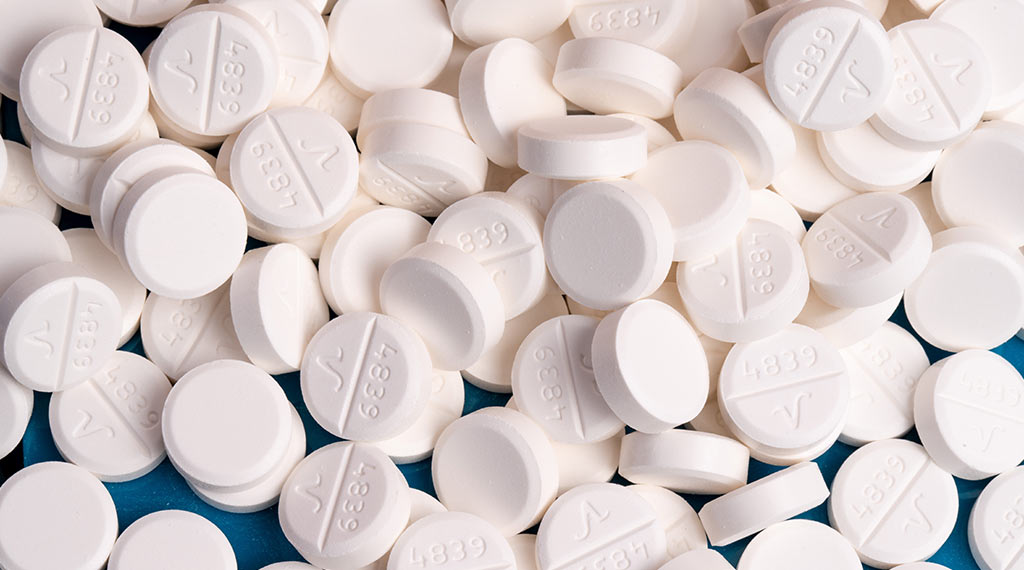
While the debate over the southern border is largely discussed in terms of immigration and migrant flows, more than just people flow across the border. In just the last two weeks alarming reports from government sources warn of a potential weapon of mass destruction crossing the border, in amounts sufficient “to kill every single American.”
That weapon is the drug Fentanyl.
Two distinguished elected officials are leading from the front to start to address the fentanyl threat: Congressman Clay Higgins and State Senator Glen Womack.
Congressman Higgins, who has an extensive background in law enforcement and sits on the important House Homeland Security Committee, correctly pointed out recently that the key to stopping the infestation of fentanyl is to secure our wide open, porous southern border.
Senator Womack has authored legislation in the Louisiana state senate that provides for enhanced criminal penalties for distribution of fentanyl. That bill, SB315, seems poised for final passage in the Louisiana House as of this writing.
Since the Biden administration revoked Trump-era border security policies, the U.S. southern border has faced an uncontrolled flood of illegal aliens, terrorists, and drugs, most notably Fentanyl. The amount of Fentanyl making its way into American cities and towns has quadrupled since Biden took office. Deaths attributed to fentanyl have increased a shocking 800% in some communities.
The DEA warns state and local law enforcement that under Biden’s watch that enough fentanyl has made its way into America to “kill every single American.”
While the flow of common illegal drugs, such as cocaine, heroin, and crystal meth is worrisome enough, fentanyl is uniquely dangerous, particularly if weaponized. All of this should be enough to infuriate all of us, but the situation is actually much worse than that because fentanyl is not like any other drug. Unlike cocaine, heroin, or crystal meth, fentanyl actually poses a real weapon of mass destruction threat in the hands of terrorists. That’s why fentanyl can’t be treated like those other drugs. And there is no argument for legalization, since fentanyl has been used legitimately and legally for decades already.
As the Center for Security Policy previously reported:
Security experts have long regarded fentanyl as a chemical weapons threat. The drug’s high toxicity and increasing availability are “attractive” to potential adversaries “seeking nonconventional materials for a chemical attack,” James McDonnell, a former assistant secretary at DHS wrote in a memorandum two years ago.
The incredible potency and lethality of Fentanyl led the Rand Corporation to describe the synthetic opioid as “The Most Dangerous Illegal Drug in America.” A Canadian study described a type of Fentanyl, Carfentanyl, as 2000x more deadly than a nuclear bomb. That study posed the question, “Which would you choose as a weapon of mass destruction: a thermonuclear bomb or carfentanyl?”
The answer: Carfentanyl—and it’s not even particularly close. The study notes:
“One kilogram of carfentanyl represents 20 million fatal 50 μg doses, enough to kill half the population of Canada. On a per kilogram basis, carfentanil is arguably 2000-fold deadlier than a thermonuclear bomb.”
Fentanyl is cheaper than heroin and 30 times more powerful. The carfentanyl strain of fentanyl is astonishingly dangerous. One of the reasons that fentanyl is so dangerous is because a dosage error of the equivalent to a few grains of salt can prove lethal.
- President Trump Takes a Much Needed Step on Fentanyl - December 15, 2025
- Texas leads the way against the Muslim Brotherhood - November 25, 2025
- Defender of Freedom: Senator Jay Collins - August 4, 2025
